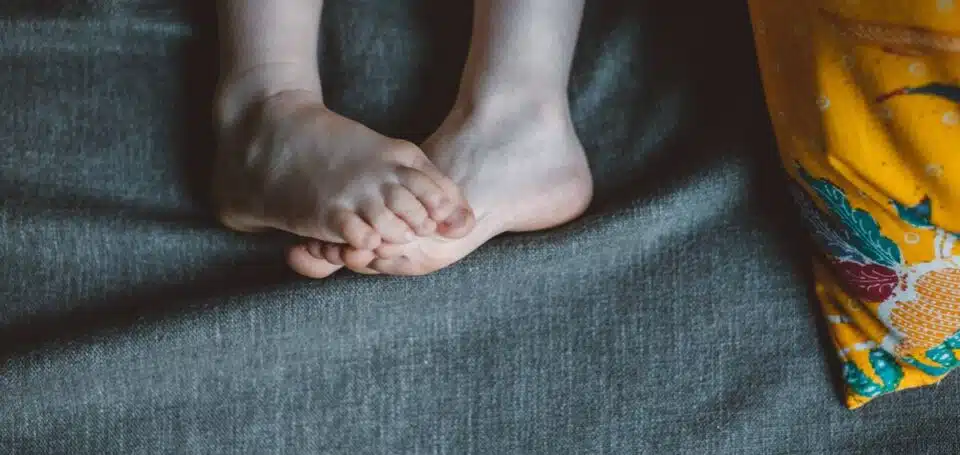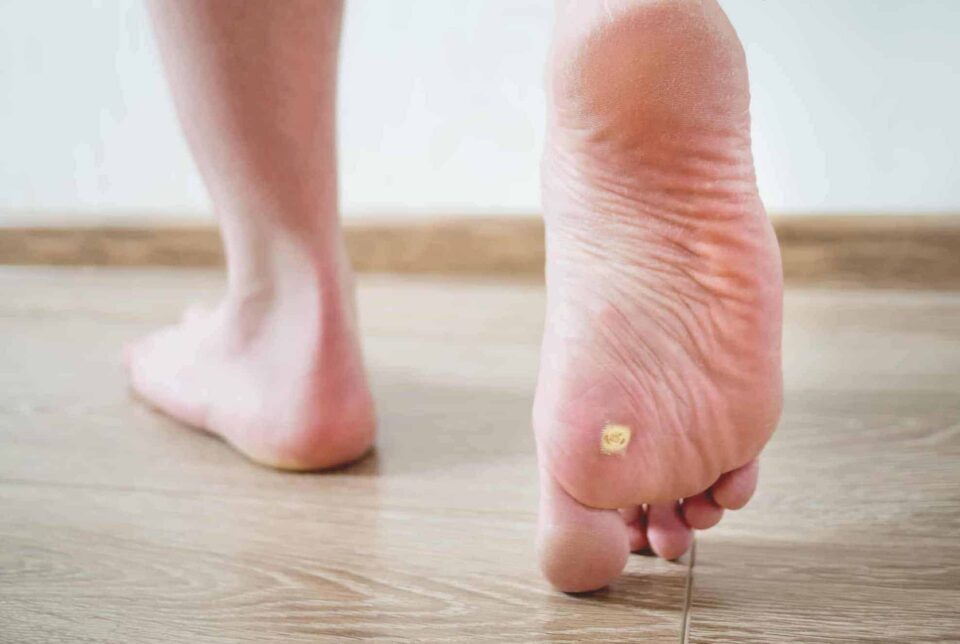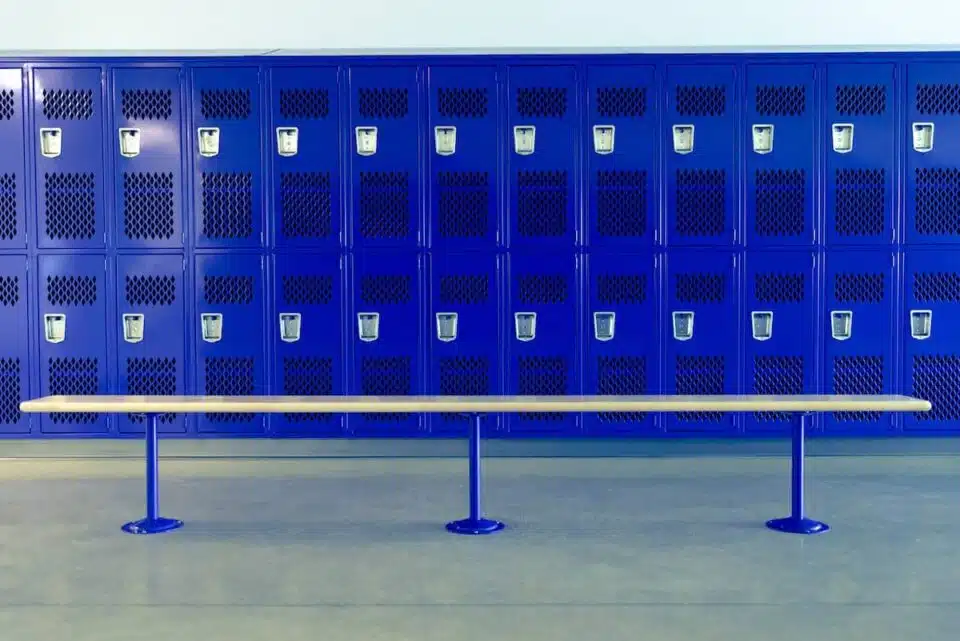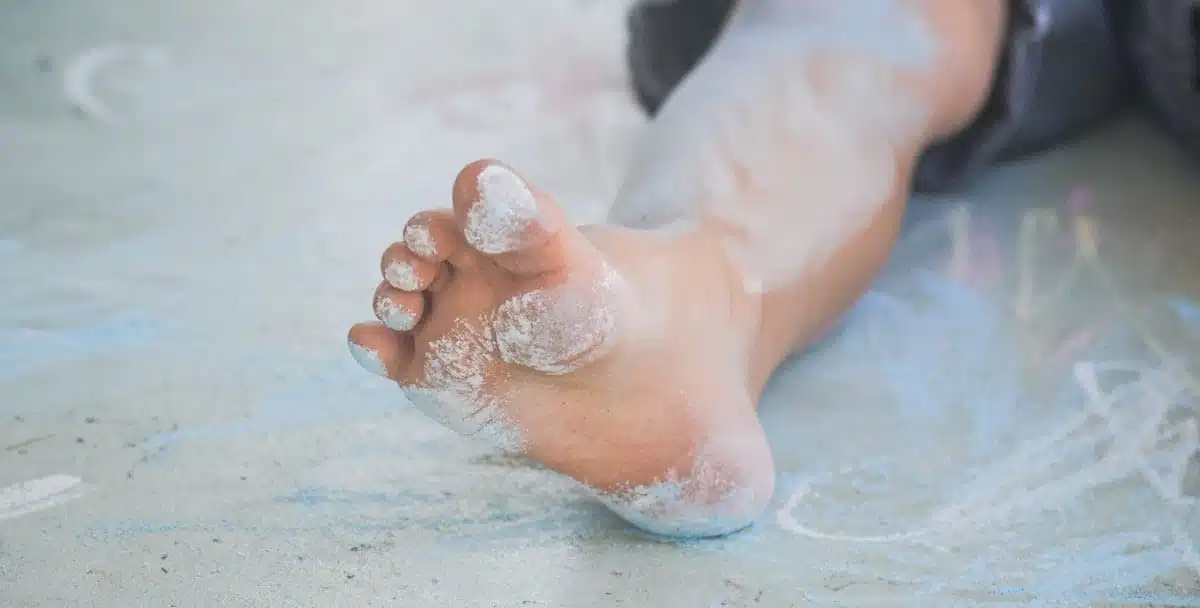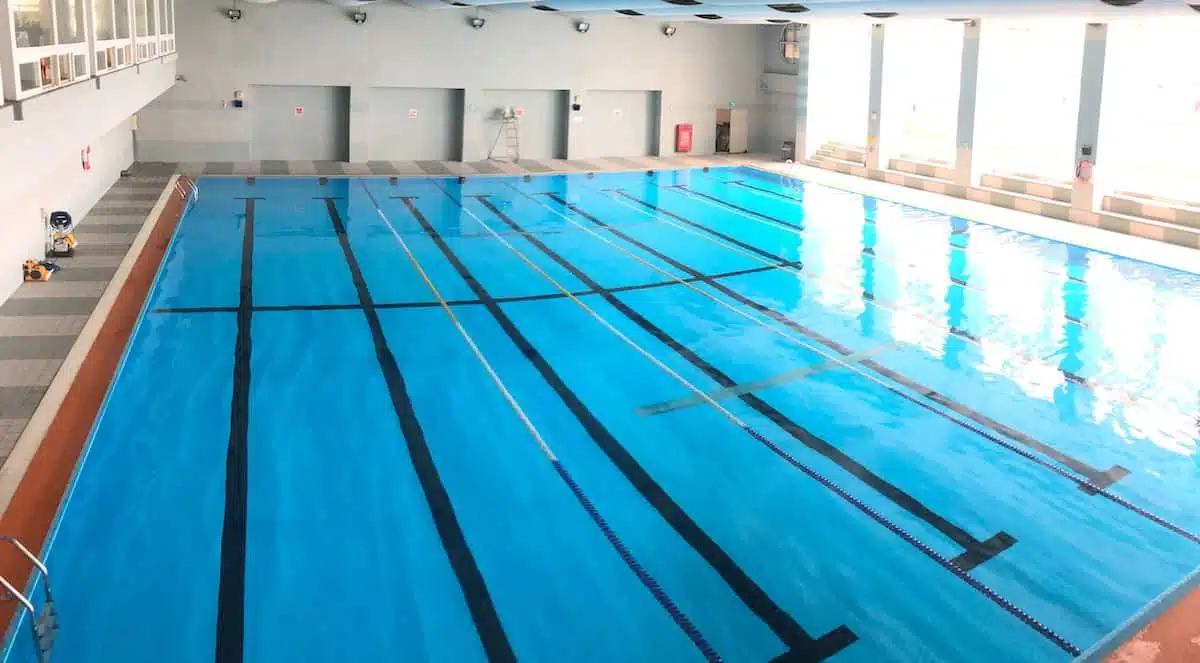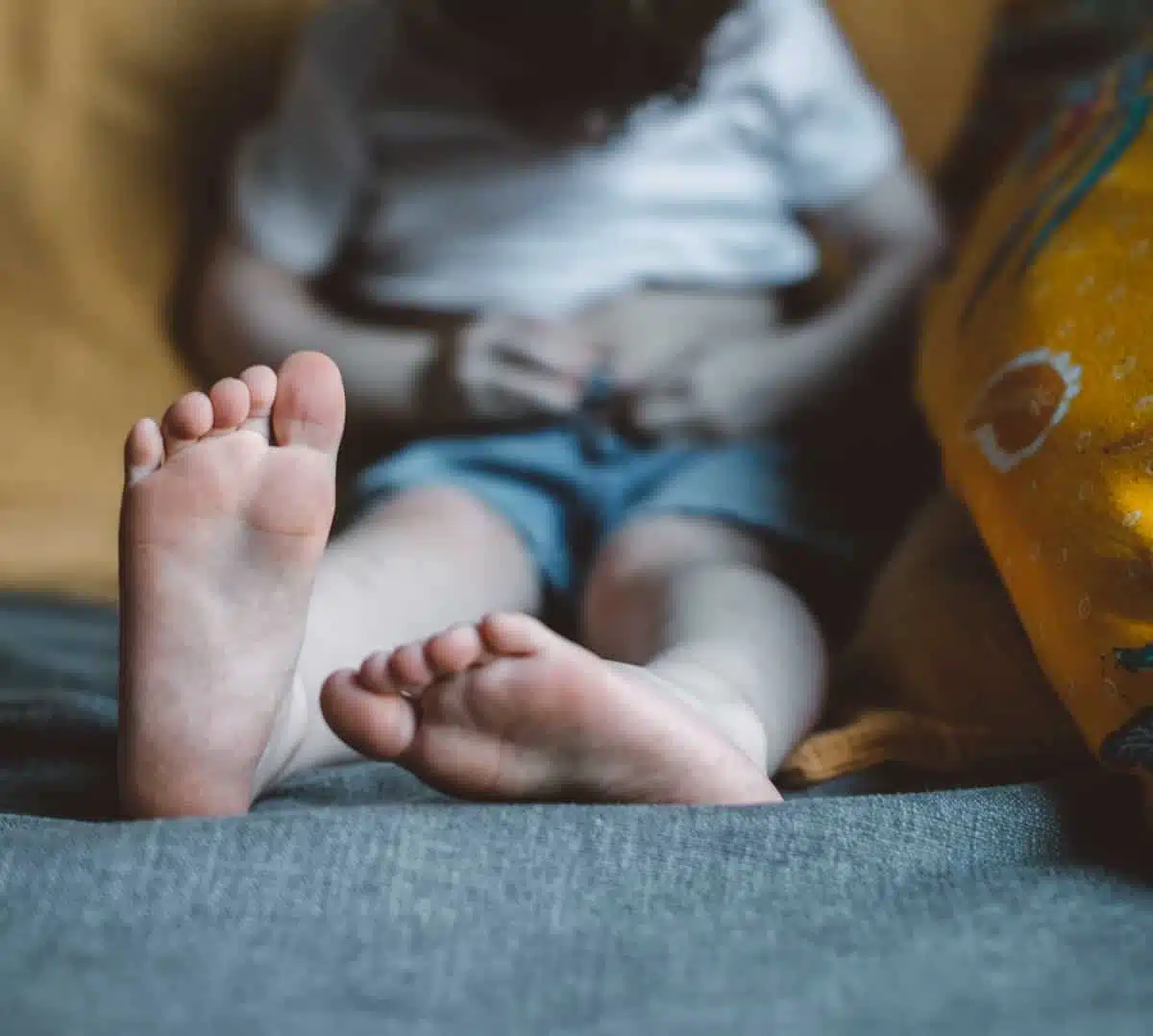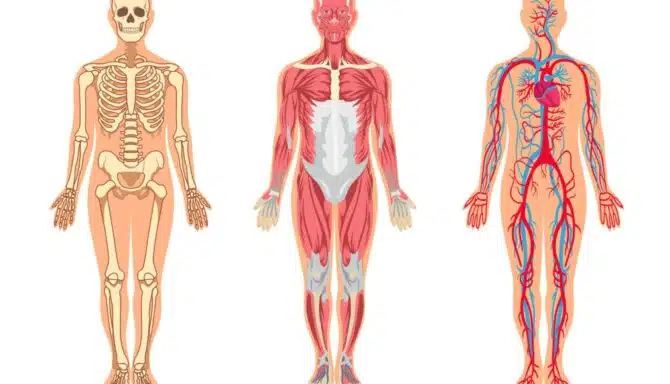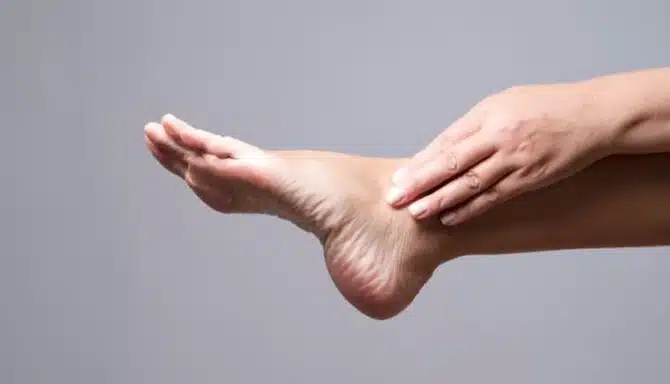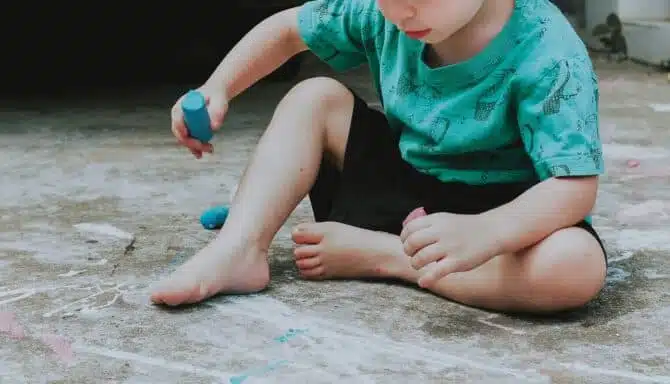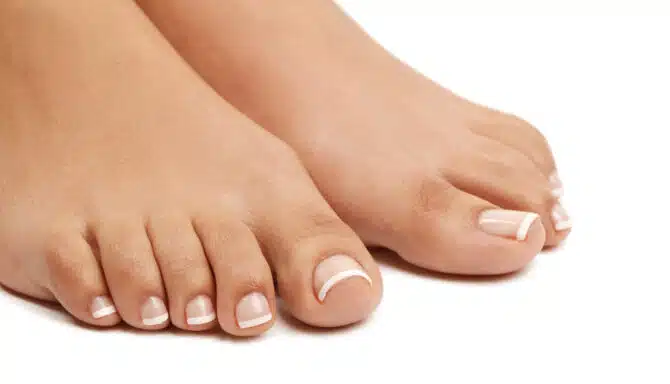As a parent, your children’s health is a top priority. When it comes to their feet, it may be trickier to tell whether anything is wrong. Our feet are often covered; even then, certain conditions can be tricky to recognize.
Plantar warts can be a painful and unsightly problem, especially in children. But don’t worry – you’re not alone as a parent. Fortunately, plantar warts aren’t severe. Most of the time, there is no cause for concern. Several effective treatment methods exist for children and teenagers, who are particularly susceptible to getting plantar warts.
Many types of warts exist. They can also target various parts of the body. Wart variations include common warts, flat warts, mosaic warts, filiform warts, and plantar warts. Warts on the feet are the focus of this article.
In this blog article, our medical team provides a complete guide for parents to recognize, prevent, and effectively treat plantar warts in children. With this guide, there’s no need to let plantar warts interfere with your child’s active lifestyle.
What are plantar warts?
Plantar warts are viral skin infections that grow on the feet’s underside. HPV (human papillomavirus) causes plantar warts. HPV can infiltrate the body through skin contact, sometimes via a cut or break in the skin on foot. It’s important to note that only certain types of HPV cause plantar warts. After all, there are 100+ types of the virus. (The HPV strain responsible for plantar warts differs from the HPV that targets the reproductive tract.)
Plantar warts get their name because of their location (plantar is another word for the sole of the foot).
The warts are small, flat, and hard circular growths. Plantar warts resemble a corn, callus or blister but may also contain tiny black spots. Bearing weight (like when you walk or run) adds pressure to the wart. The added pressure against the bottom of your foot causes the wart to grow inward. Thus, walking or standing on warts may also hurt. In response, your body builds a layer of skin on top of the wart to try to protect itself. This skin buildup resembles a callus.
Plantar warts are not a skin condition specific to the youth. Anyone can get plantar warts. They are not a severe health condition and may go away independently, especially in children under 12. However, they are contagious. It’s best to treat plantar warts as soon as possible to prevent spreading to other body parts.
If left untreated, warts can last a few months to two years in children.
How do children get plantar warts?
Children get plantar warts by catching a specific type of HPV. The virus enters the body through direct contact between the skin and an infected surface. Since viruses thrive in warm, moist areas, shared spaces like spas, hot tubs, pools, or showers put children at risk.
Not everyone who catches the HPV strain gets plantar warts. Your immune system may be able to fend off the attack. If not, a plantar wart may surface.
Are children more likely to get plantar warts?
Yes, children and teenagers are more likely to get plantar warts than adults. According to the National Library of Medicine, various studies show that up to 33% of children and teenagers have warts. Between 3-5% of adults, by comparison, have warts.
Children and teenagers may be more likely to get plantar warts because of their environment. For instance, children and teenagers often use communal showers at pools or in locker rooms. If one child has a plantar wart, they may spread the virus to others. In some cases, children and teenagers may also get plantar warts due to a weakened immune system.
How can a parent help a child get rid of plantar warts?
A parent has several treatment options for their child if the child gets plantar warts. One is to allow plantar warts to go away on their own. Warts sometimes disappear in a few weeks or a few months on their own. During this period, parents should take precautions to avoid children spreading plantar warts to other body parts and people.
But warts can be uncomfortable (and aesthetically displeasing), and may persist or even spread and multiply. In these instances, a parent or child may desire more immediate action. Fortunately, that’s doable.
A chiropodist or foot doctor can provide wart removal treatments. For children, parents may prefer less invasive treatment methods. We’ve ranked various treatment methods from less intrusive to more intrusive.
How do I prevent my children from getting plantar warts?
The key as a parent is to limit your child’s exposure to HPV when in shared spaces. Fortunately, there are many measures you can take.
- Provide your child with sandals at school, the pool, or practice. Limiting their time barefoot in a locker room, a shower, or on deck at the pool can reduce their chances of catching HPV.
- Encourage healthy foot hygiene. Use positive reinforcement and teach your child to keep their feet clean and dry.
- Do not use instruments like pumice stones or nail files if previously used on a wart.
- Inspect your child’s feet. Minor cuts or cracks in the skin put your child at greater risk of catching the plantar wart-causing virus. Apply a bandage or waterproof plaster on the area to reduce their exposure
- If your child partakes in activities requiring them to be barefoot, like gymnastics or dance, cover any warts with a bandage to preventspreading to other children.
